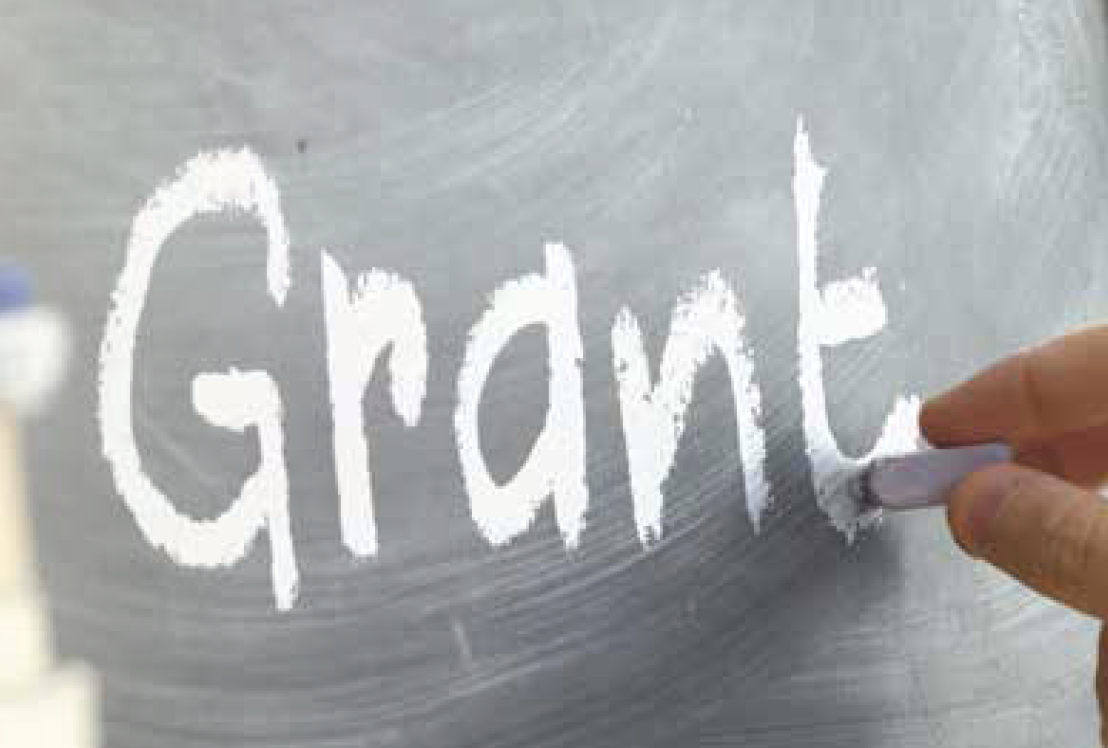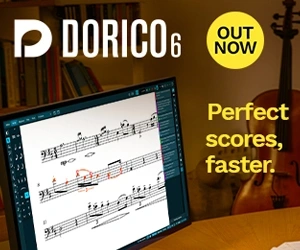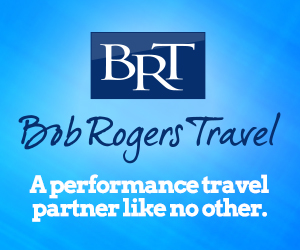 You’ve heard of the Every Student Succeeds Act (more commonly known as ESSA). How does it impact school music programs? What states have had success, and what does every music educator and advocate need to know about it?
You’ve heard of the Every Student Succeeds Act (more commonly known as ESSA). How does it impact school music programs? What states have had success, and what does every music educator and advocate need to know about it?
Acting on ESSA
In 2015, President Obama signed into law the Every Student Succeeds Act (ESSA). Nicknamed, “the December miracle,” this bipartisan bill reauthorized the Elementary and Secondary Education Act — decades-old federal legislation that emphasized access and equal opportunity for all students. The amended Act offered a shift in previous federal education policy, displacing the No Child Left Behind (NCLB) Act of 2001, which heavily emphasized education reform with accountability and testing as its base. In its place, ESSA helps states and local education agencies (LEAs), or school districts, advance goals for learning opportunities and improving school conditions to meet the needs of all students. The Act notably introduced into education policy the concept of creating “well-rounded” students and, in that, included music and arts education as core components, along with 18 other subject areas.
ESSA also signaled another major shift with its implementation and compliance: To access federal education funds, state education departments, in coordination with state governors, are required to submit a statewide education plan every five years that details accountability and outcome metrics.
Within ESSA a new grant program, the Student Support and Academic Enrichment Grant Program, is authorized in Title IV Part A, providing states and school districts flexible funding opportunities to meet the learning needs of students with instruction in well-rounded subjects. The use of Title IV funds is included in each state’s ESSA plan and varies considerably based on known and perceived needs of students.
And while each state maintains its own protocol for disbursement of funds, each must abide by the accountability standards outlined in ESSA, including a requirement for community stakeholder engagement. This has presented an opportunity for music advocates, educators and community members to have a seat at the table alongside teachers and school administrators as plans are developed and implemented for the use of currently available Title IV funds of $1.2 billion.
States of Success: How school districts are using Title IV funds for music and arts education
In Pennsylvania, one such community stakeholder and music advocate, Mark Despotakis, director of market development for Progressive Music in McKeesport, has advocated for the past 10 years alongside the Pennsylvania Music Educators Association (PMEA) to influence state music education policy.
“We realized this was an important turning point in music education,” he says of ESSA implementation. “When it came time to write the state plan, we dug into the weeds to be as involved as we could be, to make our voices heard as part of that process.”
Despotakis found that one of the biggest challenges was educating music teachers about the new law. “We found that we have to let educators know that this money is there, what it means, how they can get it and what they can use it for …. We are continuing to tell teachers that you’ve got to go after this money.”
The work of the delegation has paid off. According to PMEA, the group reported such successes as the creation of a band and drama camp workshop, timed with the appointment of a new band director, additional equipment for band and chorus program, expansion of music program offerings, and much more.
With the experience, Despotakis reiterates the need to take that first step. “With real examples of success, other teachers and school districts can say, ‘Here’s what’s worked in this state, and here’s how you can do this, too.’ It’s incredibly important to take advantage of Title IV funds. There isn’t anything in federal law that can impact music education more than access to these funds. If you don’t try to take advantage of it, then you’re never going to get it.”
Other examples of access success can be found across the country: The California Department of Education awarded Title IV grants to the tune of $26 million to school districts across the state. The grant specifically called out arts education funding, and according to the California Alliance for Arts Education, 53 grants were awarded, ranging from $500,000 to $2.4 million per district.
This funded teachers, professional development and instrument purchases. The funds also supported a state arts specialist, online courses for teachers in the state and virtual arts courses for high school students. In Tennessee, $521,000 was provided for professional development focused on early learning skills and integration of the arts with STEM.
Pathway to Funding
While there’s no one-size-fits-all approach to a district’s request of Title IV funds, Mary Luehrsen, director of public affairs at NAMM, shares that for music educators, taking that first step is the most important: “ESSA has set the framework for citizens to be part of the process to advance well-rounded education goals, and Title IV funding opportunity offers a new and remarkable platform to advance music and arts learning for students. It is low-hanging fruit for every school district and community to work together and answer the question, ‘What more can we do to assure music education learning opportunities for every child, K–12, in our community?’ and it compels people in music departments, across the curriculum and communities, to work together and develop innovative solutions for music learning opportunities. Over time, we will continue to bring the results of these funds back to members of Congress and work for full authorization, or $1.65 billion per year, of Title IV funds.”
Luehrsen advises that there are a few steps that districts and school officials, teachers, and other professionals can take to access Title IV funds:
Step 1: Needs Assessment and Application Review
To access Title IV funds, school districts are required to complete a needs assessment. Educators and community members are encouraged to meet with the district-level staffer who manages federal funds, discuss the opportunity to apply for these funds, and explain why and how they are needed and can be used.
Educators can refer to the National Association for Music Educations (NAfME) Opportunity to Learn (OTL) Standards site, which provides needs assessment checklists and summary sheet templates to match “desired curriculum content and materials” to the current needs of your district’s music education offerings. This will help make a case for Title IV funds (and for existing funds) in your district’s regular budget that may be used in a program. Supplemental areas to explore in your needs assessment include additional music courses, curriculum materials, general supplies, and instruments and technology. “The concept of needs assessment can seem overwhelming and requiring extensive research. It is encouraged to think practically about obvious needs for student music instruction, including equitable classroom time for music across the district, needed learning materials, and instruments and special learning opportunities, such as artist residencies and field trips,” affirms Luehrsen. “The ‘needs’ can basically be right in front of you after a review of what is needed to improve music learning for all students in your district.”
Step 2: Apply for Funding
Working with districts’ federal grant staff, districts will need to complete a consolidated application describing the need for and the proposed use of supplemental funds available via Title IV. Review your state department of education website or discuss the timeline with those handling federal funding for available information and application guidelines. Your state may also have an arts education consultant serving in the state department of education, who will have information on available funds and the process for applying. This person may also be a member of SEADAE (State Education Agency Director of Arts Education). Contact this person for additional information.
Step 3: Stay in the Process
The process will continue each year as long as the terms outlined in ESSA remain the federal education law and Congress appropriates dollars for Title IV. Also, even if you don’t receive funds for your program this year, stay connected to the process as part of ongoing music education advocacy efforts, and request funds in subsequent years. What you learn along the way will contribute to local advocacy for music education.
Stakeholder Engagement
With community input, a requirement of the ESSA process, music and arts education advocates are encouraged to have a seat at the table as options for Title IV funds are explored, developed and implemented. Luehrsen says, “Anyone — teacher, parent, community member — can initiate the process to pursue Title IV funds to expand music learning opportunities by first asking the question, ‘What more can we do in our district and community to assure our students are learning music as part of a well-rounded education?’ And this group of concerned citizens can gather to address this question, work with district personnel and set a plan to apply for Title IV Funds. And when funds are awarded, this group leads the celebration for the use of funds and the way students are learning.”
For community advocates, it’s essential to act on three “advocacy must-dos” to advance music education in your school district:
1. Reinforce what’s in the law. Make sure that local school district administrators, state legislators and education leaders know about the new language in ESSA, especially music as part of a “well-rounded education.” Since a school’s curriculum is determined by the state or local education department, local districts have the opportunity to act on the overwhelming belief of parents and teachers that music should be available to all students as part of the curriculum.
2. Remind school and community leaders about the benefits of music and the many ways in which music can strengthen a student’s connection to the school — and the community. Mention that children who study a musical instrument are more likely to excel in all of their studies, work better in teams, have enhanced critical-thinking skills, stay in school and pursue further education, and develop new social skills. These are just a few examples of how music impacts school-aged children.
3. Request that your school administration collaborates with the state education department to take advantage of Title IV funding opportunities to advance state and local goals for a well-rounded education. Specifically, ask that your administration develops and expands music education programs for all students as part of school turnaround and reform objectives; encourages districts to assess if music education is available to all students; fosters use of Federal Title 1 and IV funds to expand music education; provides support for highly qualified teachers and educational materials; and works to assure that music education is part of school climate accountability and assessment measures.
This should all be reportable to both state and federal education agencies. Have your school create or engage in a local working group to apply for Title IV funds for music education.






















